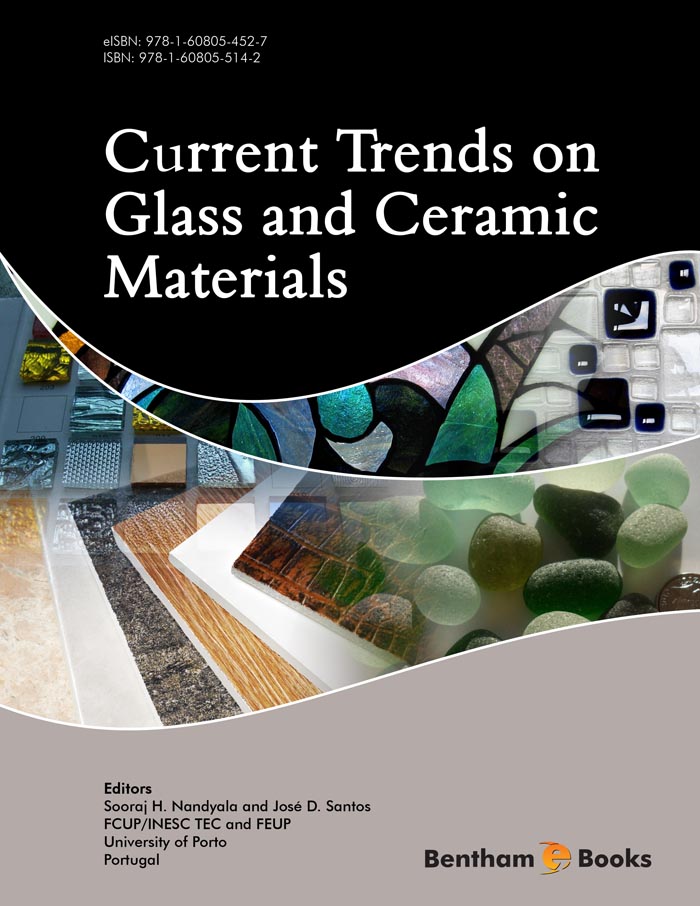Glass and ceramics have generated a great deal of interest as potential materials for biomedical and technological applications. The aim of the eBook entitled “Current Trends on Glass and Ceramic Materials” is to extensively review the latest developments in glass and ceramic materials. Bio-glass and glass reinforced hydroxyapatite related research and its novel applications are essential for the health sector. In fact, a wide range of investigation is on-going worldwide by eminent scholars in order to further develop innovative materials for the next generation of applications. Therefore, this eBook is intended as a reference guide for all the scientific community and concurrently, the authors hope that it may be useful for those who are searching for a general overview of glass ceramics materials and its applications in different fields.
One of the most important themes in novel materials research is to develop innovative materials to use in solving problems in human health care. This has led to the development of synthetic materials known as biomaterials. Their fabrication for bone implants and tissue engineering, followed by their implantation in human body is a highly interdisciplinary subject to be addressed jointly by materials scientists, engineers as well as by surgeons.
The chapter one gives an introduction about the substances that can be termed biomaterials, their requirements and material-tissue interactions. Further, the development of advanced dental material technologies has recently led to the introduction of a range of all-ceramic restorations in dentistry.
In chapter two, the authors summarise the fundamental principles of glass-ceramic technology, particularly its use in dentistry, and also give general information about current commercial materials and materials currently under development. Discussing their properties, processing methods, and how they may affect the future of dentistry.
In chapter three, the microwave heating technique, which has attracted considerable attention for the processing of various materials such as ceramics, glasses, polymers, composites and even metals is reviewed. Researchers are trying to apply this technology to new areas.
Lanthanide-doped composites have been reported to have an adequate biocompatibility, further enhancing cell adhesion and proliferation, a behaviour that suggests a prospective application in bone tissue engineering approaches and these are discussed in chapter four.
Chapter five aims to address the clinical application of bone grafts on periodontal regenerative approaches, with relevance given to the use of calcium phosphate ceramics. A clinical case study is presented in which the regenerative capability of a glass-reinforced hydroxyapatite, Bonelike®, is thoroughly evaluated by clinical and tomographic measurements, in the healing of a periodontal intrabony defect.
In the final chapter, the structural and optical analysis of erbium ion doped zinc/cadmium bismuth borate/silicate glasses is reported. This is based on the results concerning the NIR emission transition 4I13/2?4I15/2 at 1.506 µm, in Er3+- doped zinc/cadmium bismuth borate/ silicate glasses, which may prove to be useful in the optical communication area.
Sooraj H. Nandyala
FCUP/INESC TEC
University of Porto, Porto
Portugal
José D. Santos,
FEUP, University of Porto, Porto
Portugal

